PsychNewsDaily Publishers
100 Summit Drive
Burlington, MA, 01803
Telephone: (320) 349-2484
PsychNewsDaily Publishers
100 Summit Drive
Burlington, MA, 01803
Telephone: (320) 349-2484
Unusual wine regions like Maui, Polynesia, and Tasmania produce unique wines through distinct climates and innovative techniques, offering diverse flavors and sustainable practices for wine enthusiasts.
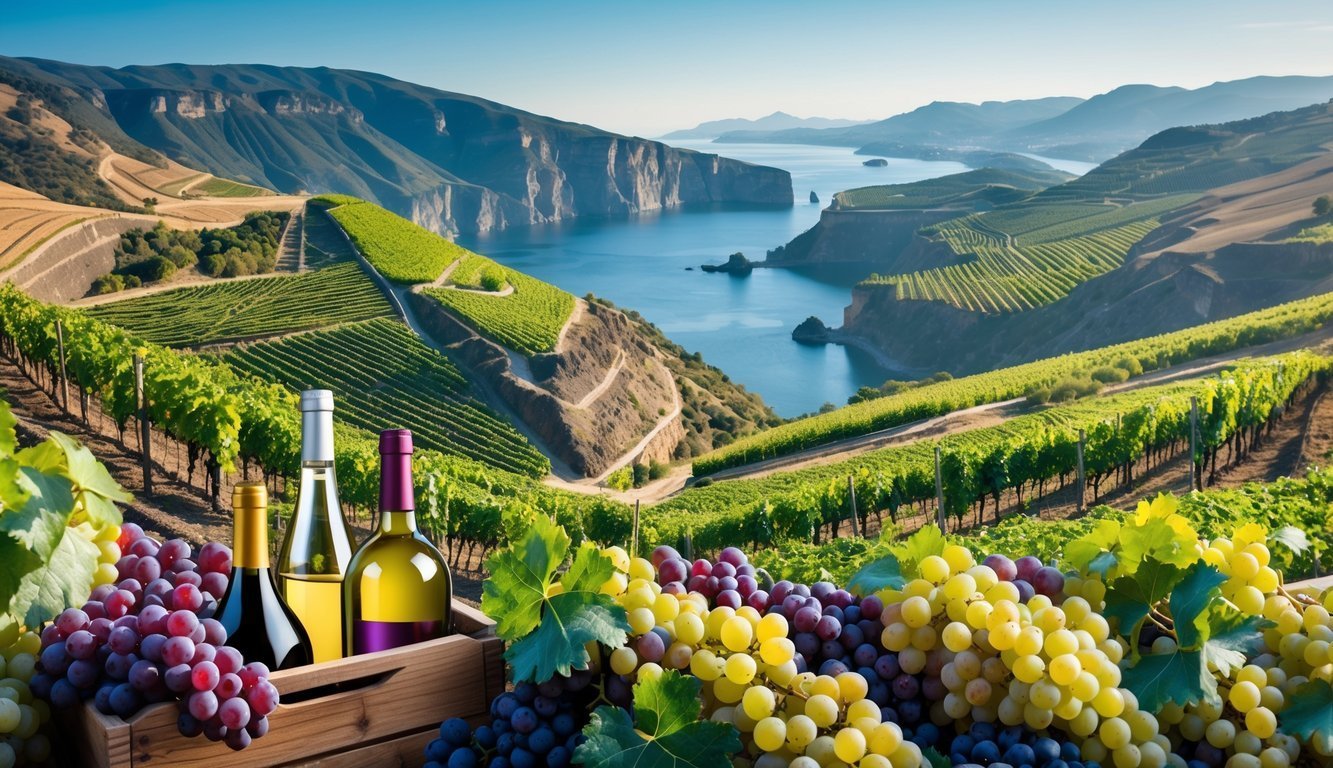
Wine lovers usually stick with famous spots like Bordeaux or Napa Valley. But honestly, there’s a huge world of lesser-known places quietly making some wild, unique wines. These regions bring fresh flavors and styles you probably wouldn’t expect.
You can stumble upon incredible wines from unexpected regions that really shake up what you thought you knew about great wine. Exploring these hidden gems brings new tastes and stories into your wine journey.
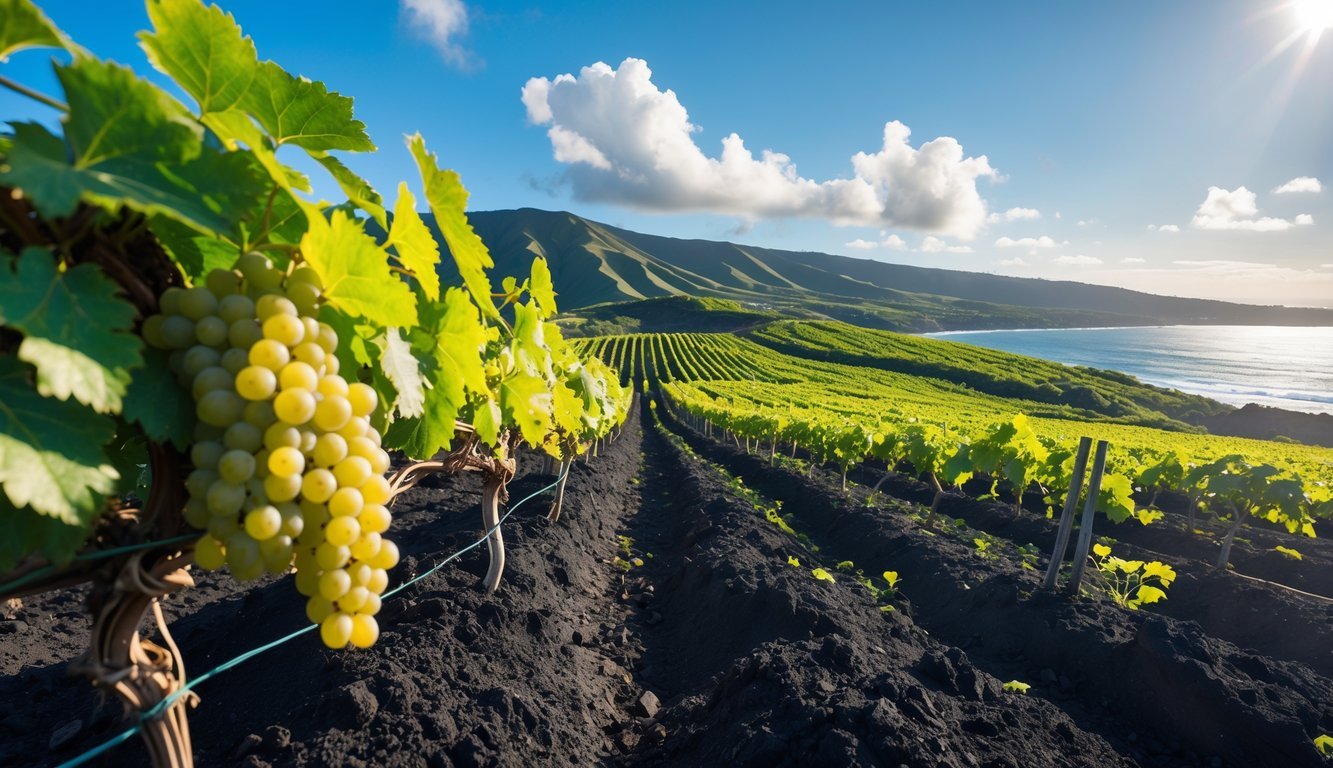
If you ever get to Maui, you’ll taste wines grown in volcanic soil. That soil gives them a flavor you won’t find anywhere else.
The island’s warm weather and rich earth help create crisp whites and sweet wines. You’ll often spot fruity bottles made with local grapes and even some tropical fruit blends.
Maui Wine sits on a beautiful ranch, and their tasting experience is worth it. They blend local flavors with the island’s unique soil, and it really shows in the glass.
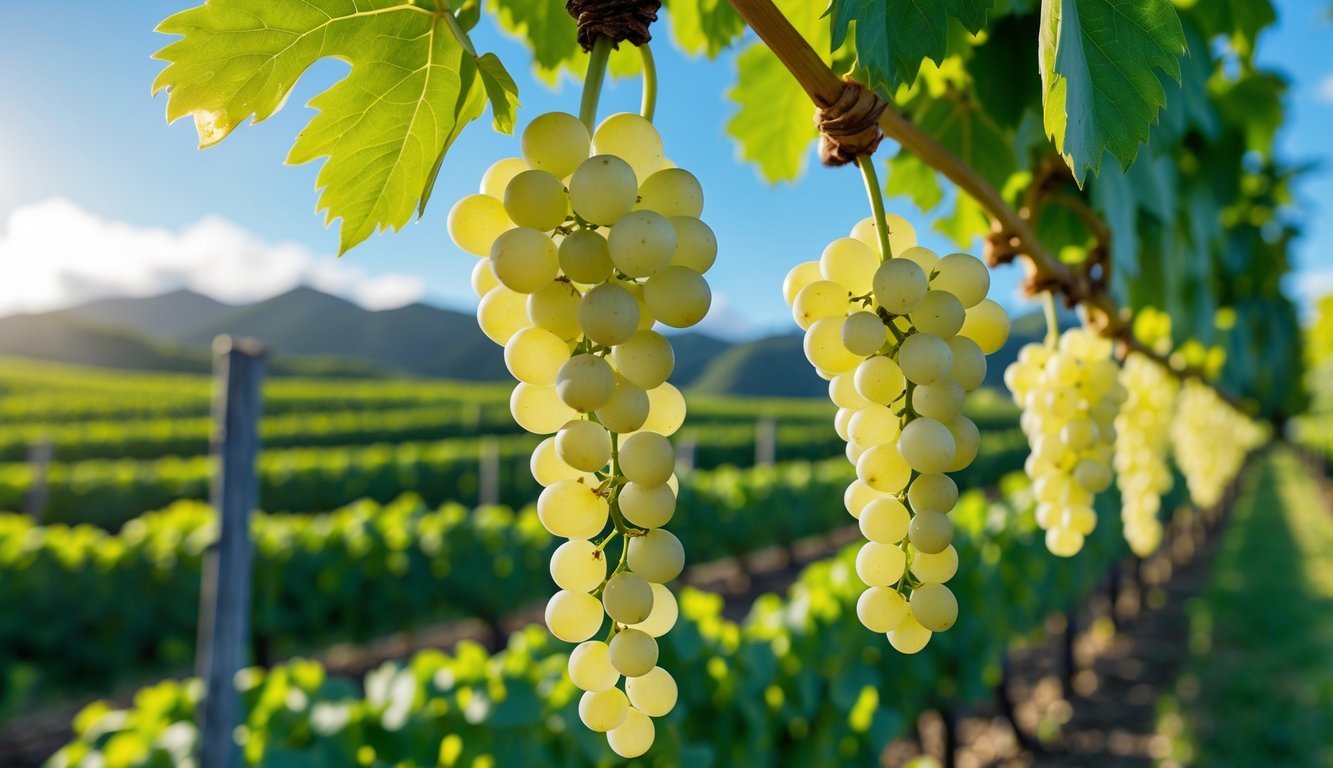
Think Polynesia is all about cocktails? Not quite. Small vineyards on islands like Rangiroa grow rare white grapes that thrive in the local climate.
They actually harvest grapes twice a year here, which is pretty rare. The tropical weather makes it possible.
Most wines are white or rosé, and the yearly production is tiny—about 30,000 bottles. Sometimes, they even move grapes by canoe across lagoons to the winery. That’s a story in every bottle.
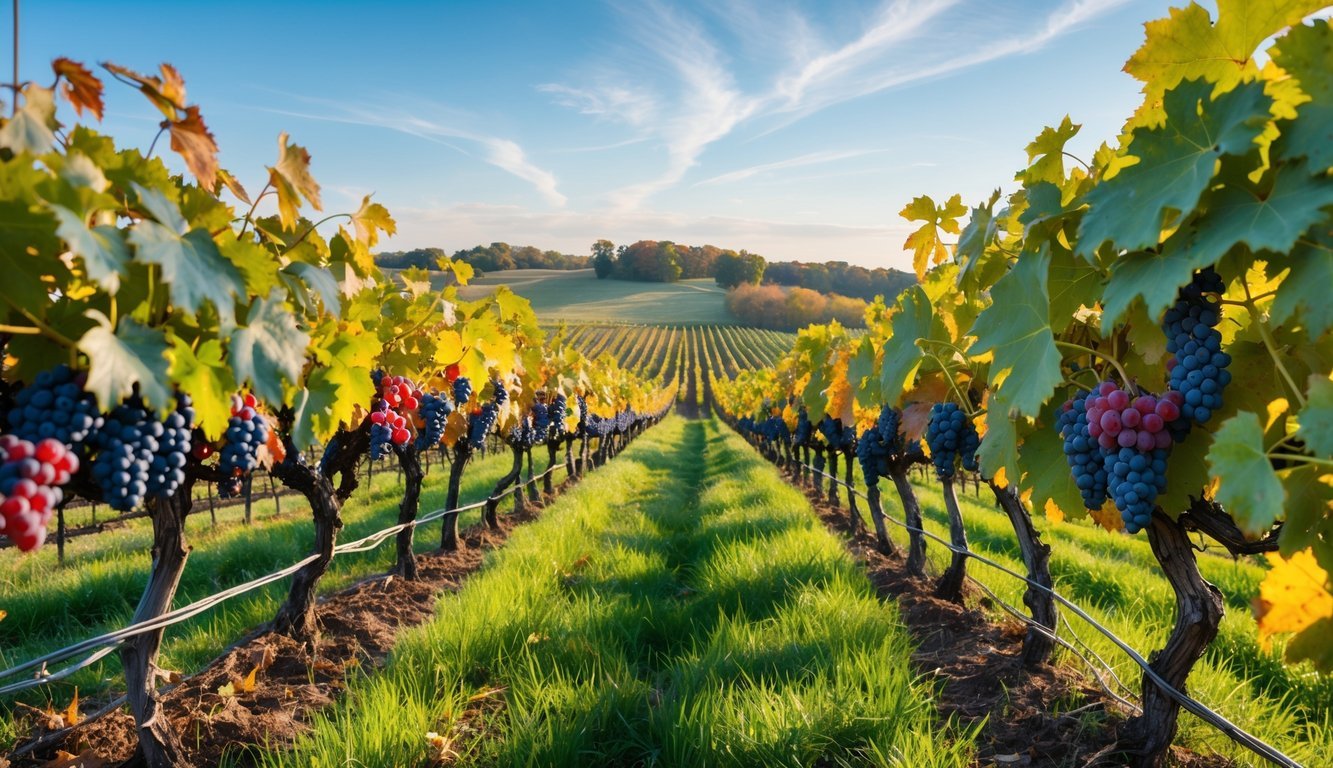
Long Island’s wine region really depends on its maritime climate. The summers get long and warm, but the ocean breezes keep things from getting too hot.
Winters are pretty mild, which lets growers focus on reds with elegant, layered flavors. You’ll also find crisp, refreshing whites that love the cool climate.
Long Island offers a bunch of options, from structured reds to sparkling whites. The soil and weather work together, making this region a fun one to explore if you want something off the beaten path.
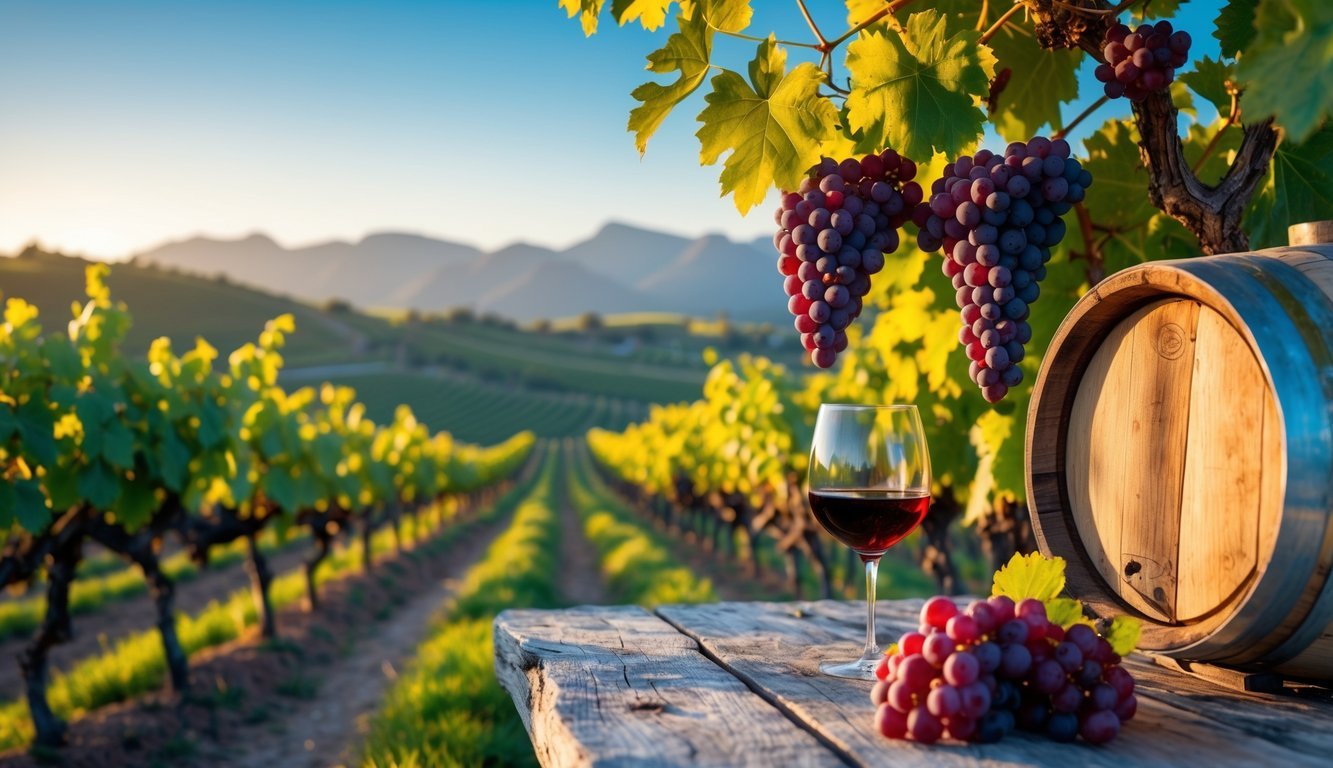
Step into Stellenbosch and you’ll quickly realize why it’s one of South Africa’s top wine regions. Pinotage is the star here—a grape that mixes Pinot Noir and Cinsault, giving you dark fruit flavors and a spicy, smoky edge.
The Mediterranean climate and varied soils help create wines with real depth. Many old vines here add complex flavors to each bottle.
Besides Pinotage, you’ll find creative blends that show off the winemakers’ imagination. If you’re into trying new styles, Stellenbosch has plenty to offer.
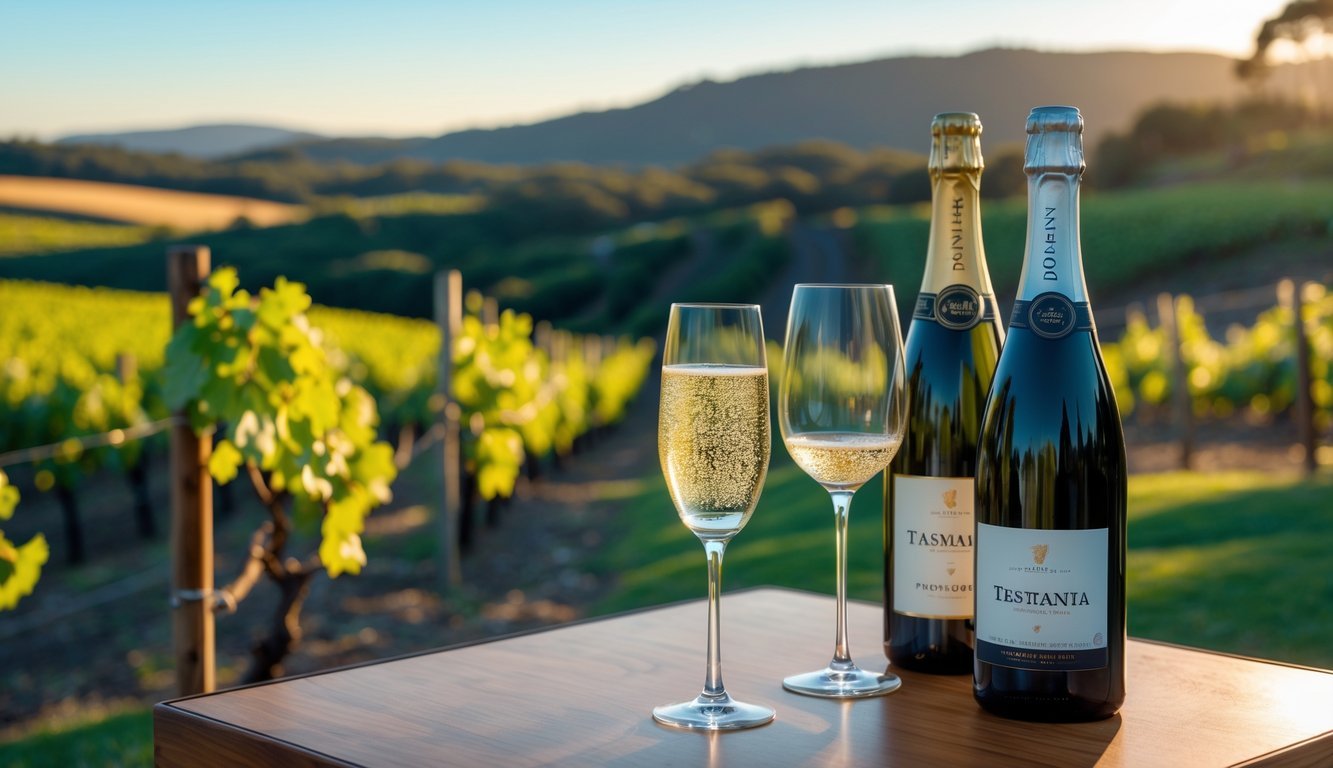
Tasmania is all about cool-climate wines that feel fresh and bright. The island is known for sparkling wines, mostly Pinot Noir and Chardonnay, and they’re super crisp.
You’ll also find elegant Pinot Noirs with delicate fruit notes. The cool weather keeps the wines lively and balanced.
Tasmania’s winemakers pay close attention to detail. If you want subtle charm and some sparkle, you really should check out Tasmania’s bottles.
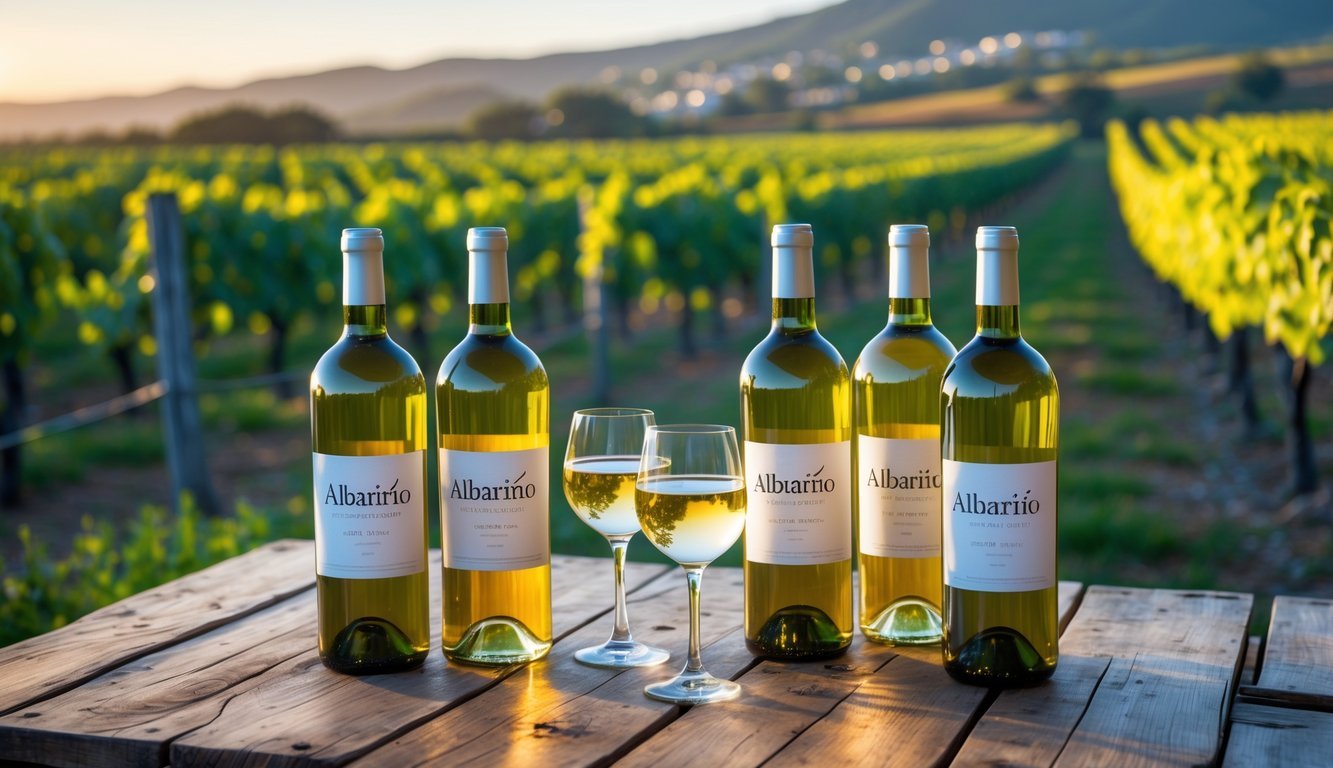
If you love crisp, zesty whites, Albariño from Galicia might be your new favorite. This grape mostly grows in Rías Baixas, where the cool, breezy climate gives the wine bright acidity and a hint of salt.
You’ll taste peach, apricot, and citrus in every sip. Albariño pairs perfectly with seafood, and local families take real pride in making it.
It’s not just a Spanish favorite anymore—Albariño is getting noticed worldwide for its lively character and balance.
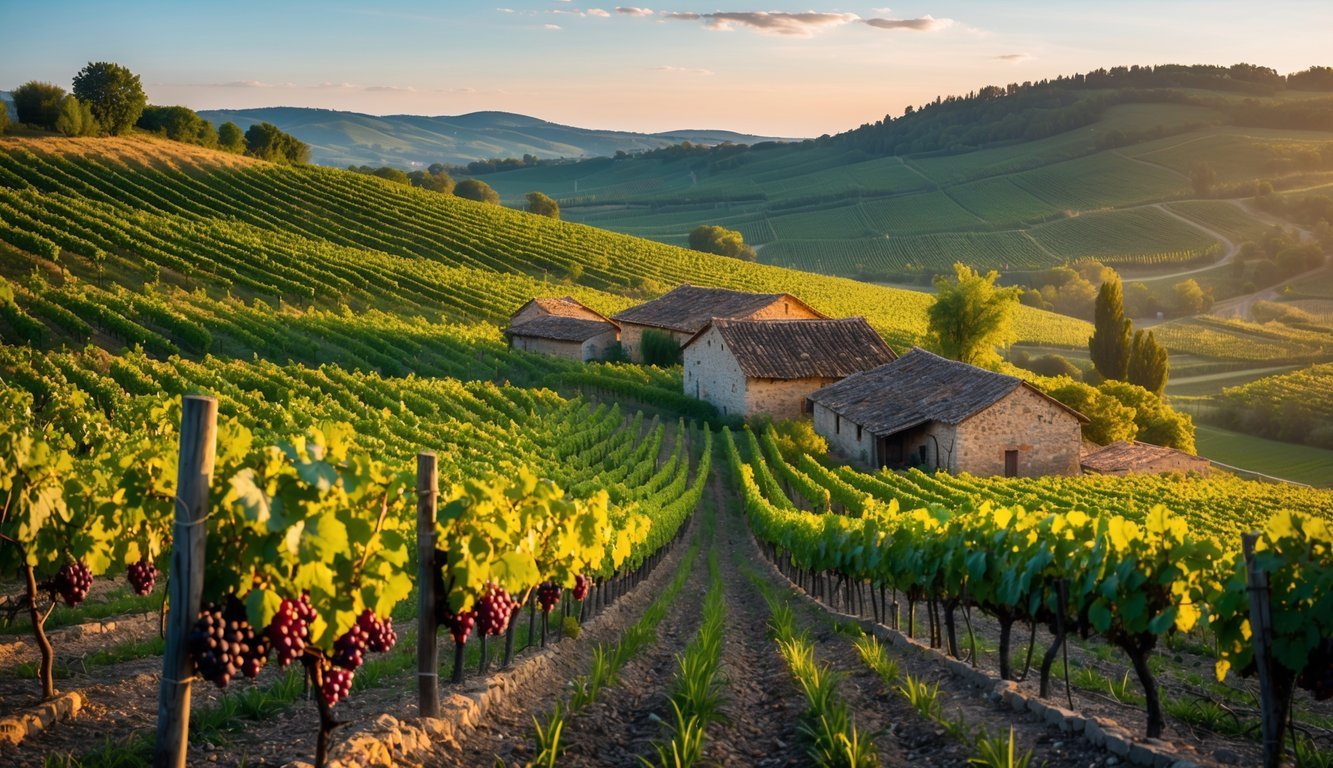
Moldova has been making wine for over 5,000 years—yeah, really. Its vineyards produce rich, full-bodied reds with unique local grapes.
You’ll see massive vineyards and taste varieties you won’t find anywhere else. The climate and soil here work together to create deep flavors and strong aromas.
Some of the underground cellars are incredible, holding millions of bottles. Moldova mixes ancient traditions and modern methods to turn out wines you’ll want to try.
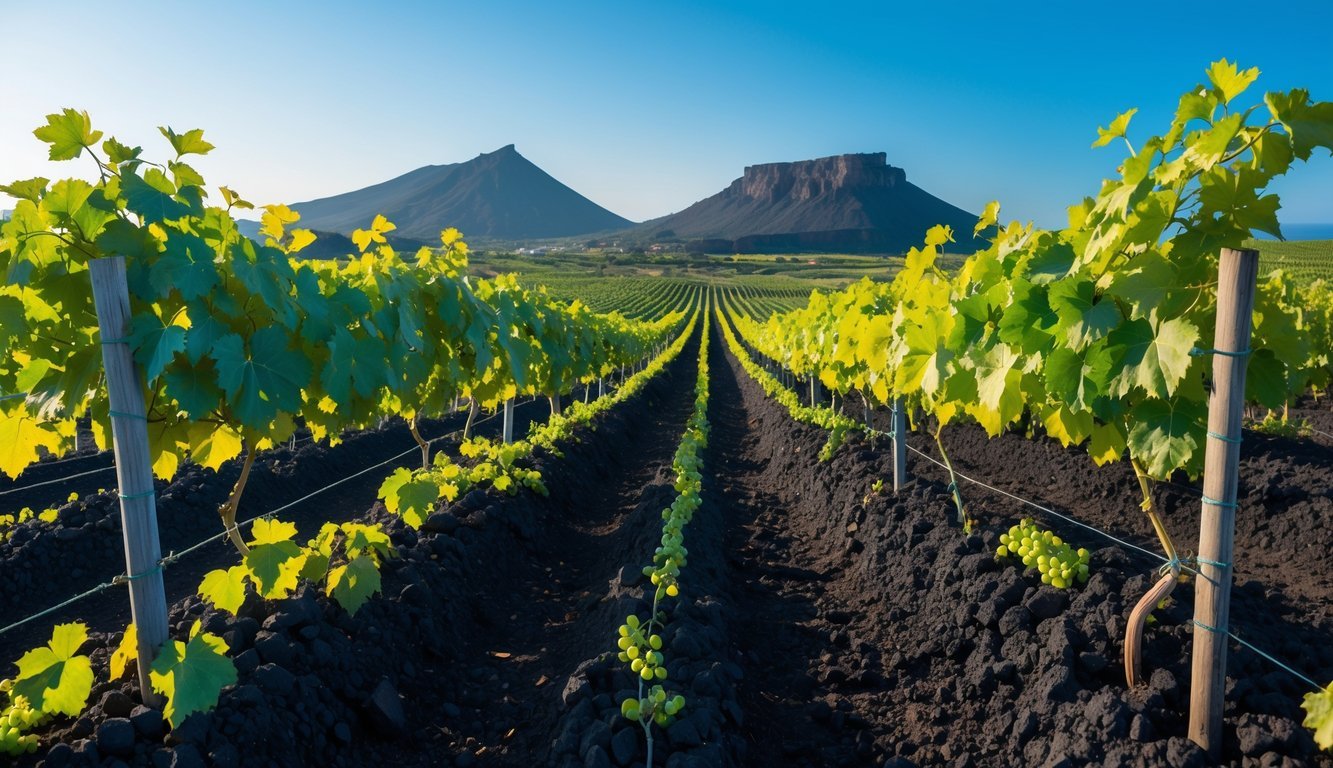
The Canary Islands’ vineyards are something else. Volcanic soil gives Garnacha grapes a taste you just won’t find on the mainland.
Vines grow in tiny, rugged plots on steep slopes. Volcanic ash holds water, so grapes stay fresh even when it’s dry.
You’ll notice a salty, mineral kick in the wines, thanks to ocean air and volcanic earth. Garnachas from here are a real treat for anyone looking to taste something totally different.
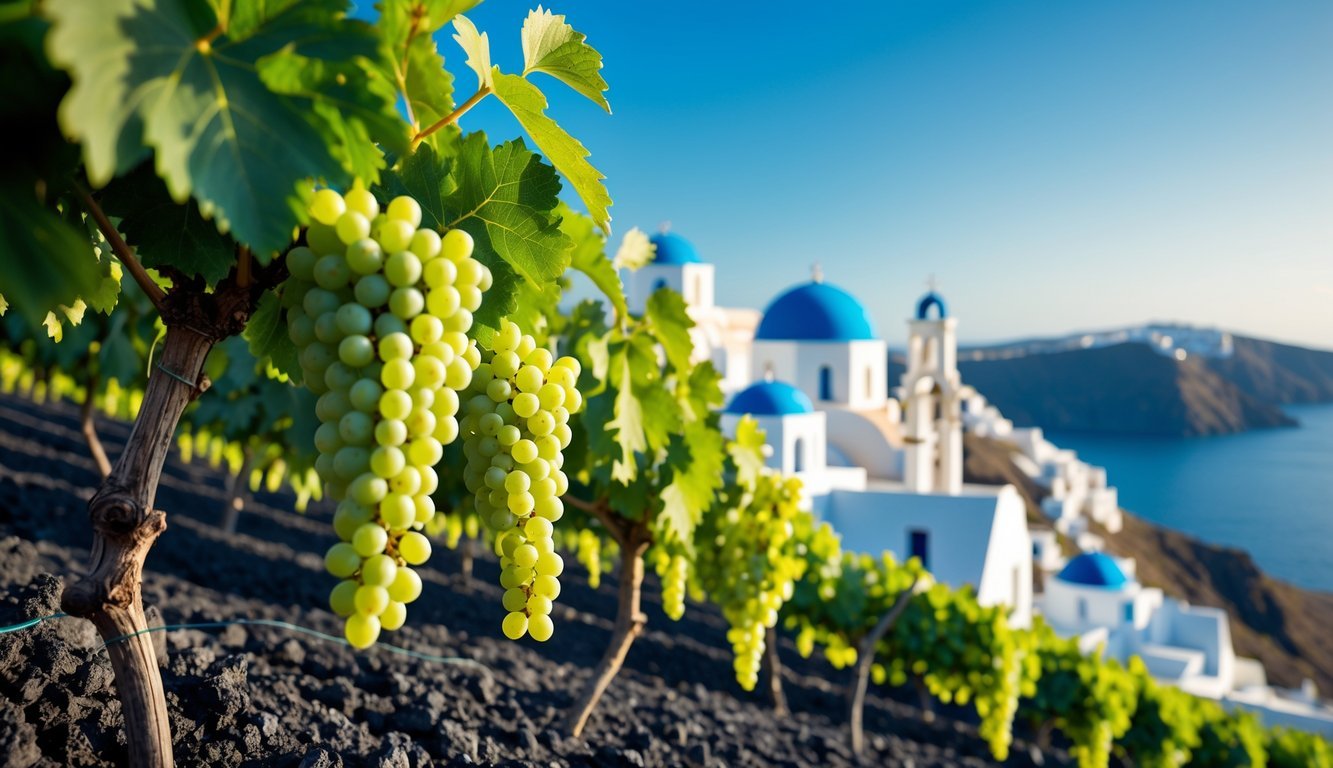
Pour a glass of Assyrtiko from Santorini and you’ll get crisp acidity and distinct mineral flavors. This white wine stands out because those grapes grow in volcanic soil, giving it a fresh, unique vibe.
You’ll pick up citrus and a smoky note in a lot of bottles. These wines love seafood and Mediterranean herbs, so they’re perfect with lighter meals.
Only a small slice of Greek vineyards grows Assyrtiko, but it’s become a global favorite. If you want a wine that screams Santorini, this is the one.
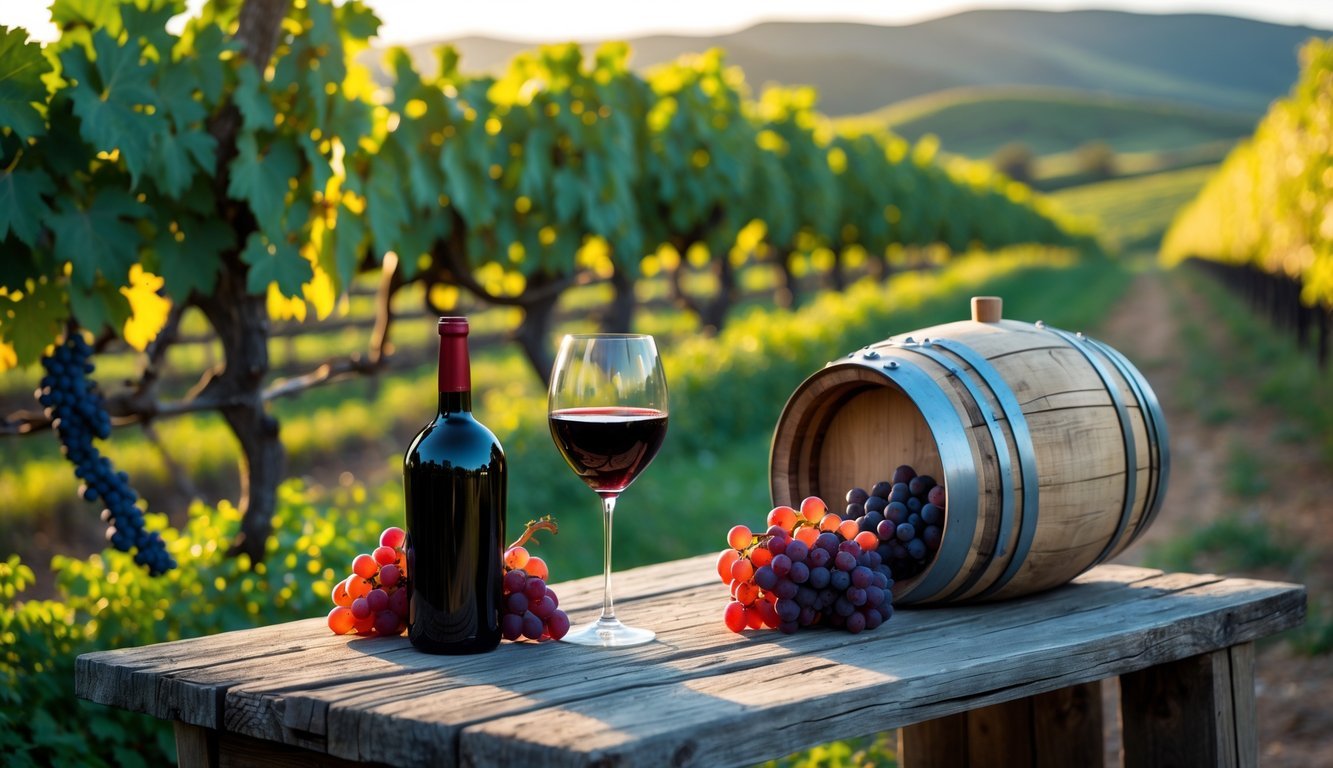
Uruguay isn’t the first place most folks think of for wine, but Tannat absolutely rules here. This grape thrives in the local soil and weather, making reds with big tannins and deep fruit.
Try a Uruguayan Tannat and you’ll get a wine with bold character. It’s perfect with grilled meats, which just happens to be a local favorite.
You’ll find lots of family-run wineries focused on quality. Their wines balance floral notes with intense fruit and spice. Tannat is a fun way to taste a style you probably haven’t had before.
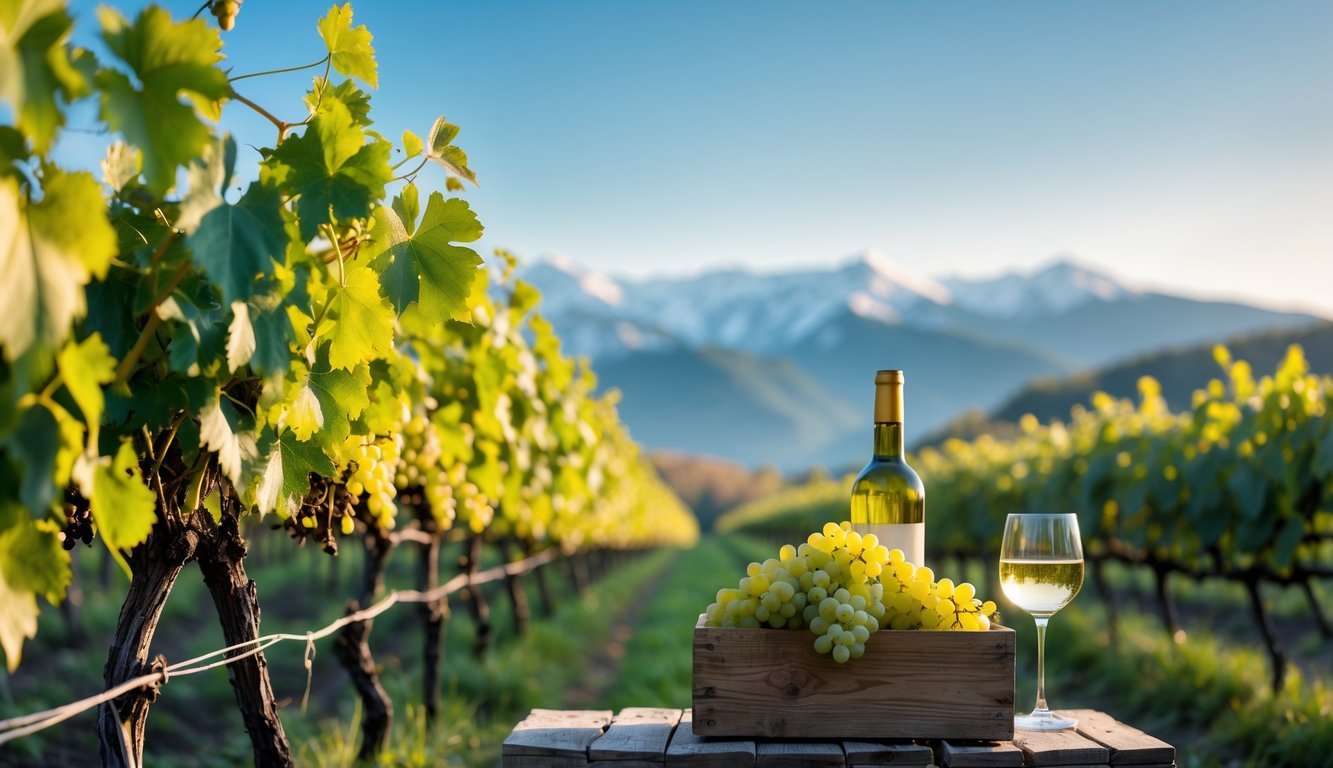
Slovenia’s wines are crisp, fresh, and shaped by alpine mountains and Mediterranean breezes. There are three main regions, each with its own character.
You’ll find native grapes making bright, aromatic whites. Chardonnay and local varieties pair beautifully with seafood and lighter dishes.
Winemakers here care about nature and often use organic, low-intervention methods. That gives their wines an authentic, lively feel. If you’re into fragrant whites, Slovenia is a must-try.
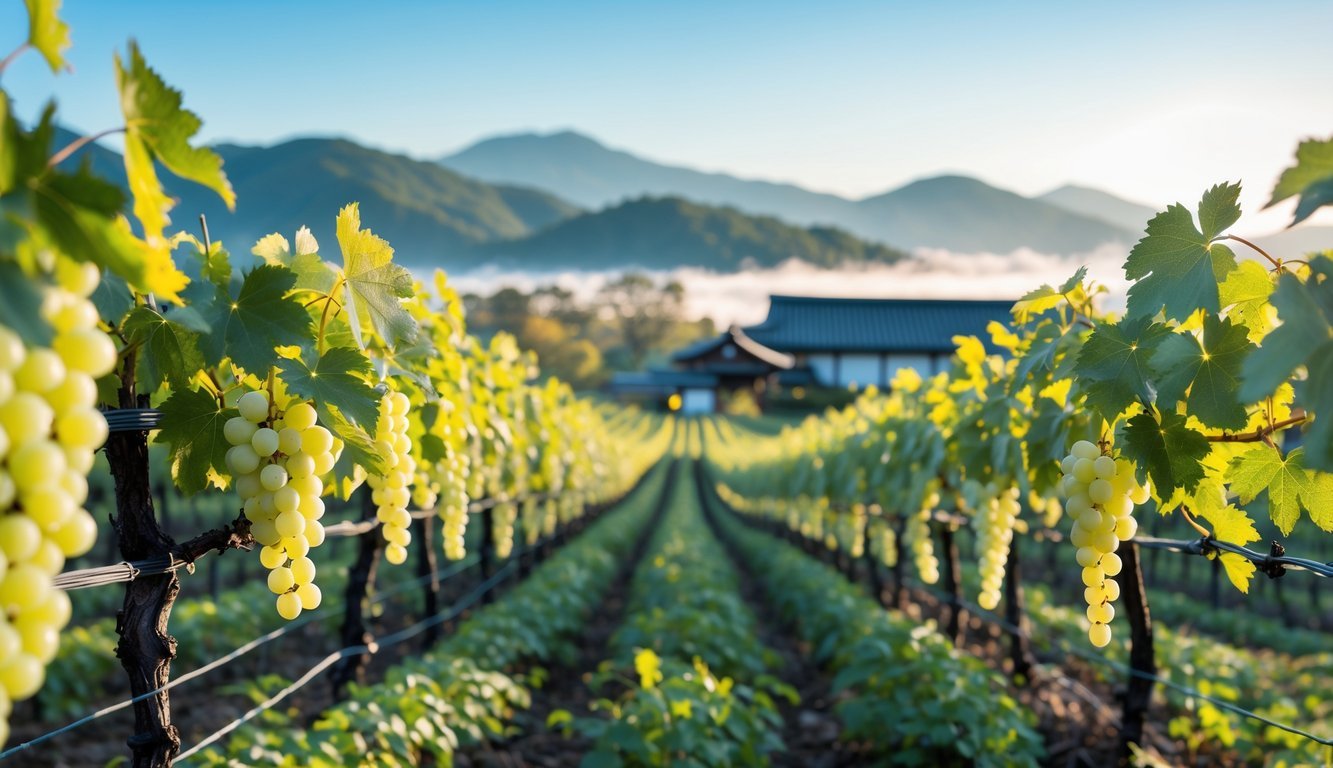
If white wine is your thing, you need to know about Yamanashi in Japan. Koshu is the star grape, making light, fresh whites with citrus and white peach flavors.
Yamanashi’s wine history goes back over 1,000 years. The region’s climate and volcanic soils give Koshu wines a subtle minerality you won’t find anywhere else.
With over 70 wineries, Yamanashi is a great place to see how tradition and careful winemaking come together. It’s a cool blend of old and new.
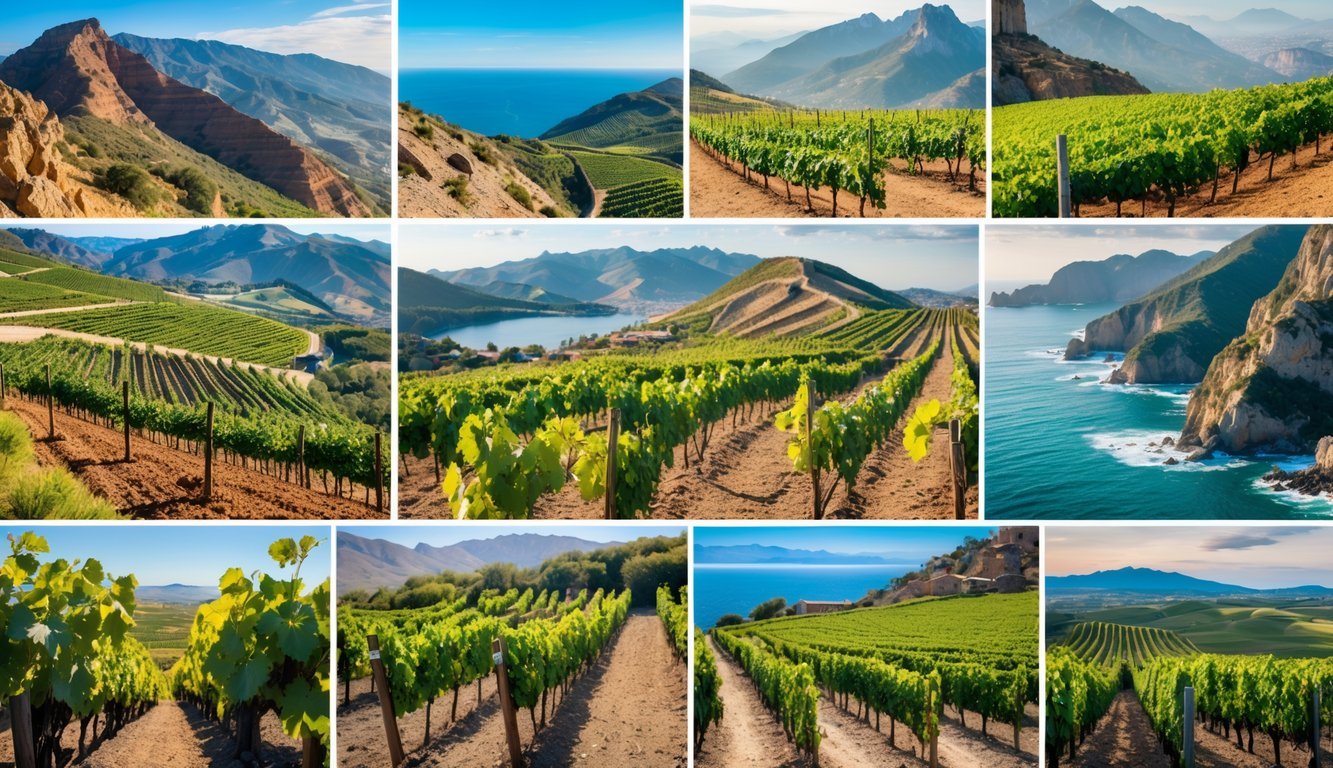
Unusual wine regions really stand out because of their special growing conditions and the fresh approaches winemakers take. These places have climates and soils that are nothing like traditional wine areas, and that shapes the flavors in wild ways.
A lot of winemakers here try new methods to get the best from their grapes. It’s kind of exciting, honestly.
Climate in these regions is all over the map. Some are chilly, like Sweden’s coastline, while others are super dry—think Namibia’s deserts. These conditions change how grapes ripen, so the wines taste different and interesting.
Soil is another big factor. You might see volcanic ash in Etna, Italy, or sandy, rocky soils in South Africa’s Swartland. That adds minerals and texture to the wine.
Terroir is the full picture—the climate, soil, and landscape all mixed together. Wines from these regions have a taste that’s truly their own. Isn’t that what makes exploring wine so much fun?
Winemakers in offbeat regions often get creative just to handle their unique challenges. For instance, in hot or dry places, they might pick grapes earlier—hoping to keep that zing and freshness.
Some folks lean into natural or organic methods because they want to let the land’s real flavors shine through. Others play around with unusual fermentation, maybe aging the wine in open-air or oddball barrels, just to see what new flavors emerge.
Since these areas aren’t in the spotlight, winemakers feel free to try things you won’t find in the big, classic regions. So, you might open a bottle and discover flavors or styles you never expected—sometimes pushing way past what’s considered “traditional.”
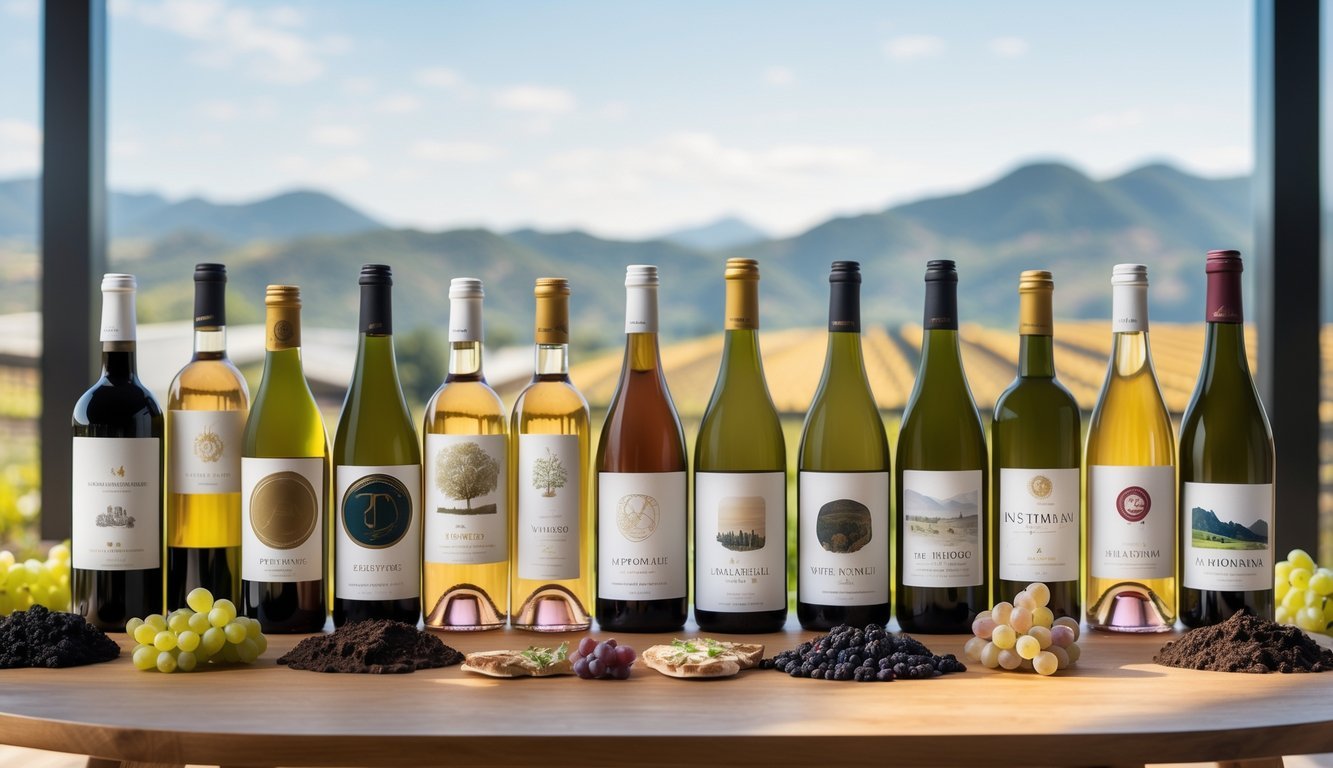
Unusual wine regions are shaking up the wine world. They introduce fresh flavors and focus on eco-friendly grape growing and winemaking.
You’ll notice this shift in what’s on the shelves and, honestly, in what ends up in your glass.
Wines from volcanic islands or mountain slopes? Those might surprise you with flavors you’ve never tasted before.
Grapes grown in these wild places deal with different soils and weather, so their wines turn out totally unique.
People now crave more variety, so winemakers here experiment with rare grape varieties or new blends. It’s a bit of a challenge to old-school wine traditions, and honestly, it’s making things a lot more interesting.
Trying these wines lets you explore flavors way outside the usual. It’s a fun reminder that climate and land can totally change what you taste, and it makes wine adventures a lot more colorful.
A lot of these regions really try to grow grapes in more natural, eco-friendly ways. They cut back on chemicals and actually care about keeping the land healthy.
Wineries often produce wines close to the vineyards, so local farmers get more support. Plus, it shrinks the carbon footprint, which is always a good thing.
You end up with fresher wines, and honestly, the planet gets a bit of a break too.
These choices give you bottles that taste unique to their place. Picking these wines? You’re nudging the whole industry toward better, more responsible winemaking.